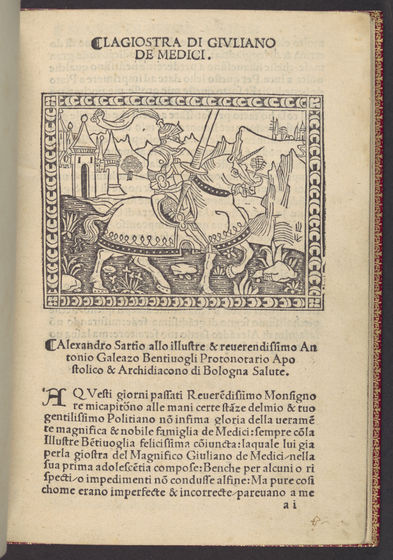How was the famous “Birth of Venus” born?

by
The painting “ Birth of Venus ”, published by Sandro Botticelli , one of the most famous painters of Renaissance, was famous around 1484, even if you are not familiar with art. Artsy , an information site specializing in art and art, summarizes the history of such “the birth of Venus”.
“The Birth of Venus” and Botticelli's Celebration of the Nude Body-Artsy
https://www.artsy.net/article/artsy-editorial-botticellis-birth-venus-challenged-depictions-nude-art
According to the ancient Greek poet Hesiodos , the goddess Aprodite in Greek mythology was born from the foam of the genus of the heavenly god Uranus , which was cut off by the earth god Chronos . The Roman mythological goddess Venus (Venus) , who is equated with Applodite , is drifting from the sea on a shell that is a metaphor of the goddess, and is based on the myth written by Hesiodus. It is said to be the body.

In addition, it is speculated that the winged man on the left side of the painting is

One of the

The direct source of these mythical motifs is attributed to the poet

by Wikimedia Commons
Poliziano's poetry is written in Latin, and there is some skepticism about whether Botticelli could read it. However, it was Lorenzo di Pier Francesco de Medici who was a member of the Medici family who ruled Florence at the time and who was also a patron of Botticelli, who asked Botticelli to draw 'The birth of Venus' It is not unnatural if the educated elite communicated Latin poetry to Botticelli.
The birth of “Venus” that came out in this way was greeted with great surprise at that time. The ancestors of the early Renaissance used the naked body as a symbol of guilt and shame, and Botticelli's Venus, which exposed a supple body with a happy and confident expression, is a Christian value. Because it was something that flipped the view. Naturally, Botticelli's painting style was the subject of a fierce exclusion movement, such as the incineration of vanity, but the birth of Venus was spared by the Medici family.
Botticelli draws Venus-themed paintings in addition to “Birth of Venus”, the most famous of which is “ Primavera ”, a work around 1482. As a whole, the center of the painting, which has a composition reminiscent of the altar, shows a venus in a garment, not naked. As a manager of Orange Garden, Venus raises his hand to welcome those who see the picture, but this touch is also pointed out as `` Virgin Mary receiving the Annunciation from Angel Gabriel '', Greek mythology The typical colors are quite fraught.

by
The Orange Garden in the background is a symbol of the Medici family. Mercurius, the merchant guardian deity on the left of the painting, is said to be Lorenzo di Pier Francesco de Medici or his cousin Giuliano de Medici .

The motif of 'Primavera' is thought to be the poems of ancient Roman poets Ovid and Lucretius , but the influence of Poliziano is also pointed out. In this way, “Birth of Venus” and “Primavera” are often contrasted because the same Venus is the theme, and even though the poets that are the motifs of patrons and paintings are almost the same, the impression looks quite different It is a painting.
Alexxa Gotthardt, a writer at Artsy, said, “Because the birth of Venus is everywhere, it ’s hard to imagine how innovative and daring this painting was at that time, Botticelli has created an art that praises its beauty by transforming the naked body from a symbol of shame into a symbol of elegance and power, 'said the era of supporting the renaissance. Praised the great achievement of the great master.
Related Posts:
in Art, Posted by log1l_ks







